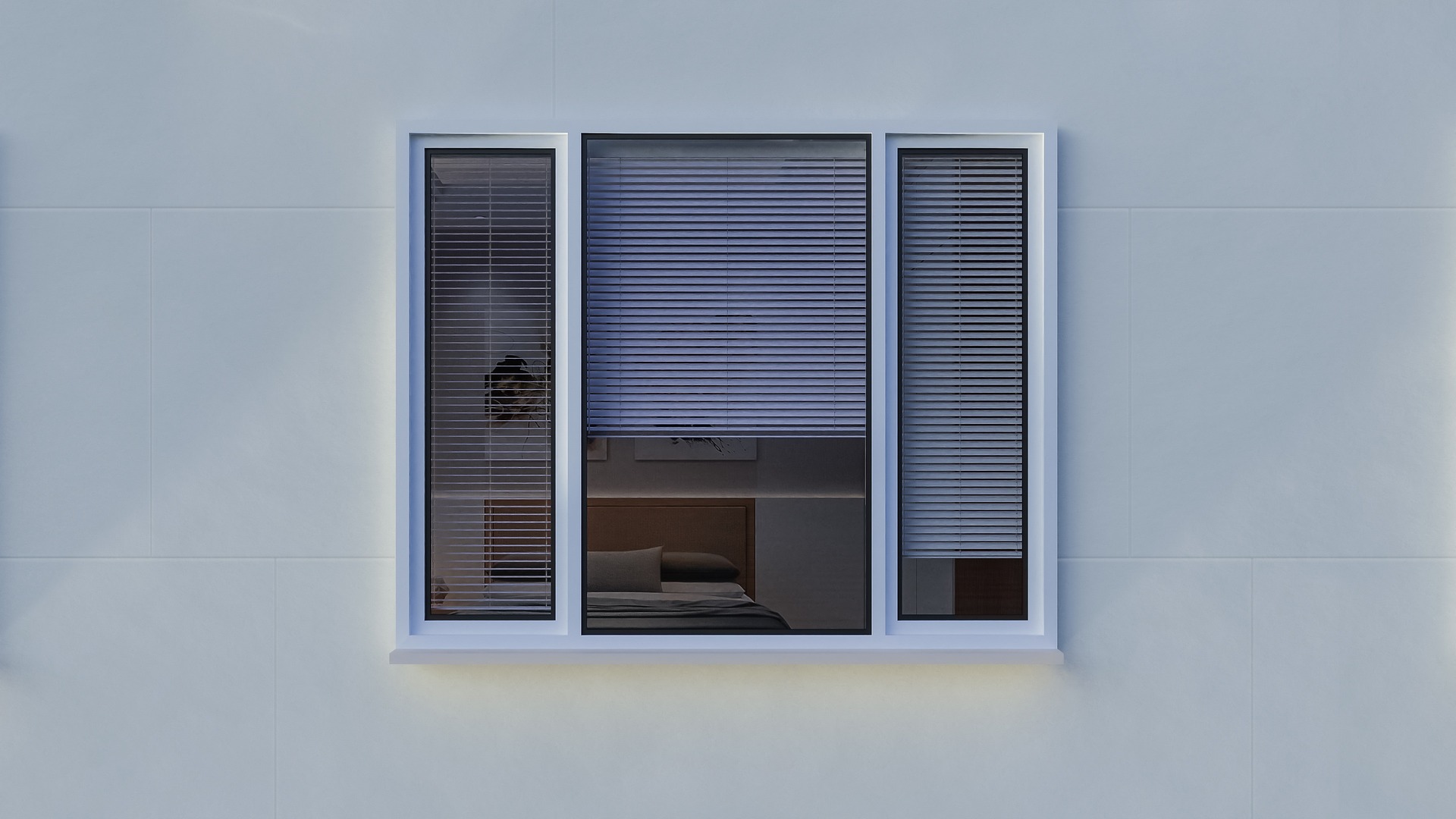Refresh Your Rooms: A Practical Guide to Blinds & Curtains
Explore how the right blinds and curtains can transform your home's look and function. This in-depth guide explains styles, materials, light control, privacy solutions, and budgeting tips for selecting window treatments that enhance aesthetics and comfort. Learn to choose blinds, curtains, or layered systems that fit your decor, manage sunlight, and suit your lifestyle.

Window treatments do much more than cover glass: they shape light, protect privacy, and complete a room’s style. Whether you are updating a single room or renovating an entire home, knowing the differences between blinds, shades, and curtains—and how to mix them—helps you create comfortable, attractive interiors.
Popular Styles and How to Use Them
Modern window coverings include a wide variety of options to suit different needs. Roller blinds are sleek and simple, ideal for a minimalist look and easy to clean. Venetian blinds—made from aluminum, wood, or faux wood—offer precise light adjustment through tilted slats. Roman shades fold neatly into soft pleats and add a tailored textile feel, while cellular (honeycomb) shades provide insulation by trapping air in their pockets. For curtains, sheer panels let in diffused light and create a soft atmosphere, whereas blackout drapes block light and improve sleep or media-room viewing. Pinch-pleat and goblet-style curtains bring a formal elegance suited to living and dining rooms.
Choosing a style depends on function and aesthetic: pick roller or cellular shades for a neat, contemporary space; choose layered curtains and Roman shades for depth and texture.
Controlling Light and Preserving Privacy
Controlling daylight and maintaining privacy are primary reasons people invest in window treatments. Single treatments can work well, but layered solutions often provide the greatest flexibility. For example, pairing sheer curtains with blackout roller blinds gives you soft daylight filtering during the day and complete darkness when needed. Venetian or slatted blinds allow incremental light adjustment, which is perfect for rooms that need both light and privacy at different times.
Technology has added another dimension: motorized and smart blinds let you raise, lower, or tilt coverings remotely or on schedules. These systems are especially useful for hard-to-reach windows, for improving energy efficiency by opening or closing at certain times, and for integrating window control with smart-home setups.
Materials: Matching Durability to Location
Material choice affects appearance, durability, and maintenance. Blind options include:
- Aluminum: lightweight, moisture-resistant, and affordable—good for kitchens and bathrooms.
- Wood: warm and natural, best for low-humidity areas to avoid warping.
- Faux wood: mimics wood’s look with better moisture resilience and easier care.
- Fabric: available in many textures and colors; requires cleaning attention.
Curtain fabrics range from light cotton, linen, and voile to heavier materials like velvet and jacquard. Lighter fabrics brighten spaces and move easily with a breeze; heavy fabrics insulate and muffle sound. When selecting materials, consider sun exposure (UV can fade fabrics), humidity (bathrooms and kitchens need moisture-resistant options), and how easy the fabric is to clean.
Design Effects and Room Atmosphere
Window coverings are powerful design tools. Light-colored, semi-sheer curtains make rooms feel larger and more luminous, while deep-hued or textured blinds create a cozy, intimate vibe. The height at which you hang curtains also changes perception: mounting curtain rods closer to the ceiling and using floor-length panels can visually raise room height.
Coordinate colors and patterns with furniture, rugs, and wall finishes to create a cohesive scheme. For a minimalist space, choose neutral blinds or monochrome panels. If you want a focal point, select patterned curtains or bold-colored Roman shades to draw the eye.
Budgeting: Comparing Costs and Installation
Evaluating cost involves both product price and installation. Ready-made solutions are generally the most affordable, while bespoke, custom-made treatments carry higher premiums because of tailoring and specialized hardware. Motorized systems and blackout linings also add to the total expense, so factor those in when planning.
| Type | Average Cost Range | Installation Cost |
|---|---|---|
| Roller Blinds | $30–$150 per window | $35–$100 per blind |
| Venetian Blinds | $45–$200 per window | $40–$120 per blind |
| Ready-made Curtains | $20–$200 per panel | $30–$100 per window |
| Custom Curtains | $250–$1,500 per window | $70–$200 per window |
Prices, rates, or cost estimates mentioned in this article are based on the latest available information but may change over time. Independent research is advised before making financial decisions.
Practical Tips for Choosing and Installing
- Measure carefully: take both window recess and overall wall measurements if you plan to mount outside the frame. A few inches of overlap will improve light blocking and privacy.
- Think layered: combine blinds and curtains where you need flexible light control plus decorative impact.
- Consider maintenance: removable covers or washable fabrics simplify care; stained or high-traffic rooms benefit from durable materials.
- Match hardware to function: heavier drapes need sturdier rods and brackets; motorized systems require power planning.
Selecting the right window treatments requires balancing how a window performs with how it looks. By choosing materials that suit the environment, combining treatments for flexibility, and planning installation carefully, you can enhance both the practicality and style of your rooms. Whether you opt for the simplicity of roller blinds, the classic look of wooden slats, or layered curtains and shades, quality materials and proper fitting will make a noticeable difference in comfort and design.






